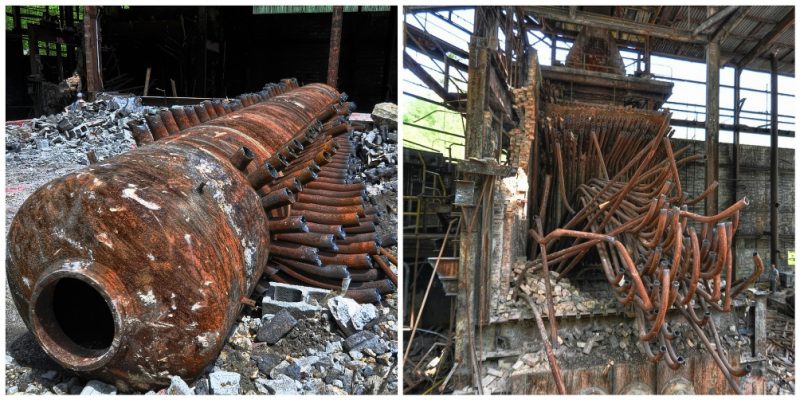Established in 1837 on a 106-acre tract in the Patapsco valley, the historic Thistle Manufacturing Factory began as the cotton print mill.
The factory changed hands several times during its life, first as a cotton-weaving plant for making sails, then as a paper printing/processing plant. Photos: Forsaken Fotos/Flickr
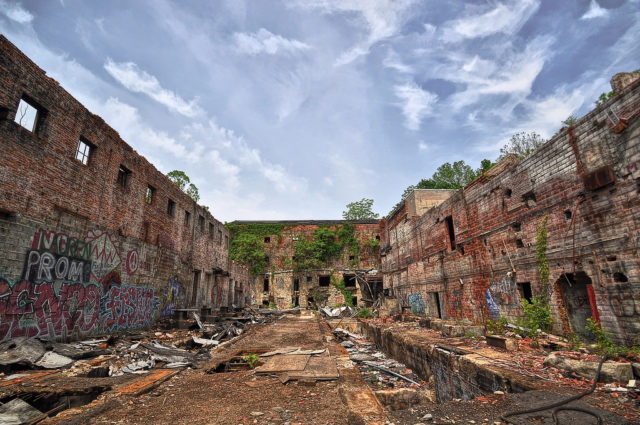
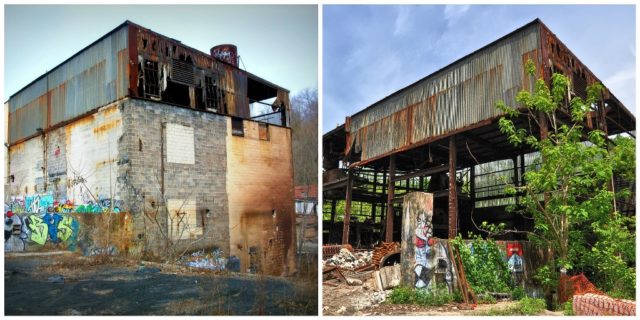
Alexander Fridge and the two brothers from Scotland, George and William Morris purchased the property from the Ellicott brothers, on which they built a cotton mill and silk production facility. The cotton duck was perfect for making sails needed in the Baltimore shipyards. The 100 employee mill building was built of locally quarried stone along with at least five stone buildings to support laborers and a general store.
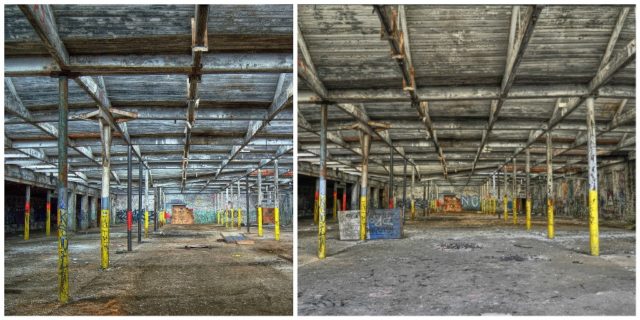
In 1919, Edward A.A. Blakeney purchased the plant and electrified operations in 1925 but was soon sold to a New York firm for making tire fabric.
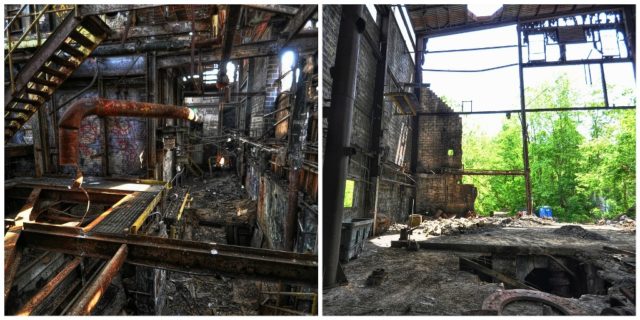
In 1928 The Bartgis Brothers Company, a Baltimore printing and box making company (that later became New Haven Board and Carton Co. and Simkins Industries, Inc.), purchased the factory and refitted it through August 1929 for paper production. Paper manufacturing operations consisted of pulping and refining paper fiber from newspapers and other post-consumer paper to the desired consistency, then dewatering and pressing the fibers into sheets that were then dried, finished and stored. The 250 employee factory produced recycled paper products with printing operations until 1964. Most of 1964 operations were interrupted by a labor strike.
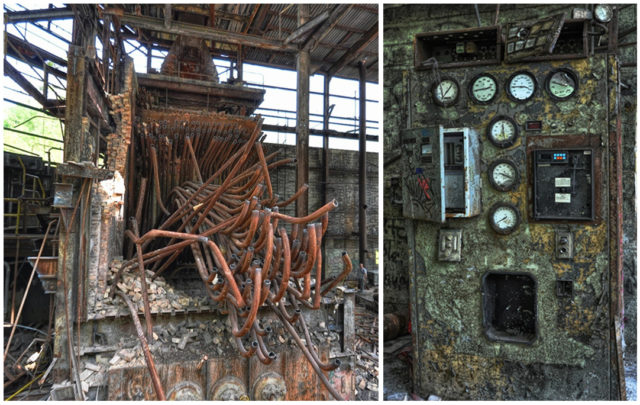
Prior to 1971, when the facility connected to the municipal sewage interceptor, wastewater from the facility was discharged to the river. The unpermitted dump operated from approximately 1952 through the 1980s and reportedly accepted wastes from the on-site activities, as well as industrial waste and municipal waste from nearby citizens.
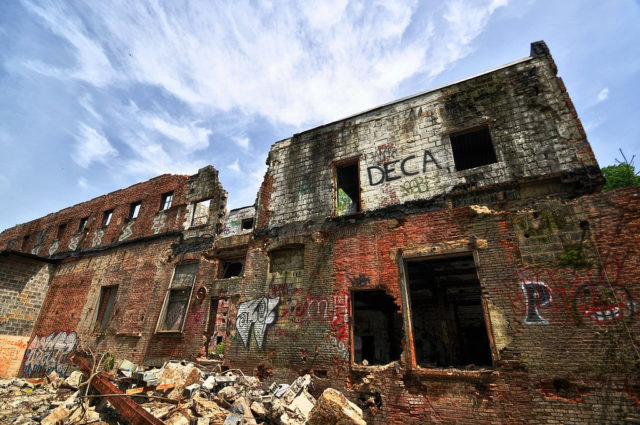
In August 2003, a complaint was filed against the facility for violations in hazardous materials and solid waste dumping. Paper manufacturing ceased the same year after a fire severely damaged the mill building and destroyed 20% of the roof structure.
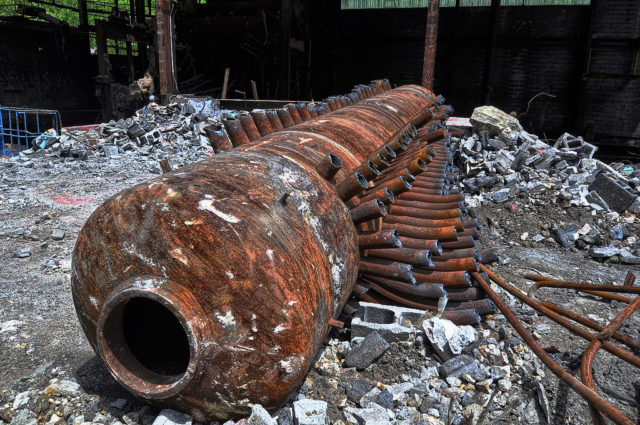
Since 2003, the company entered a voluntary cleanup program with the Maryland Department of the environment, removing the 100,000-gallon aboveground storage tank (AST), paper manufacturing equipment, two transformers and razing several of the old mill residences on the property.
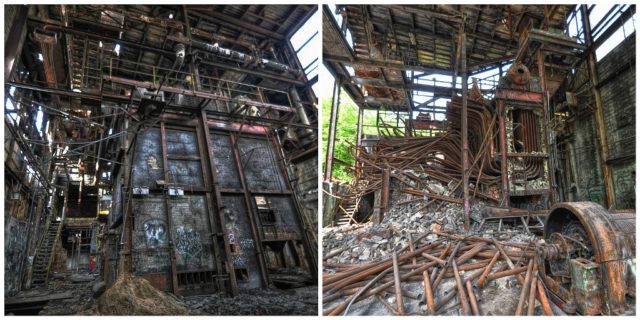
The building was burned again in 2009. Simpkins Industries announced in 2012 that it would sell the historic factory and 55 acres of property to a land developer or the State of Maryland. The complex was demolished in 2013.
